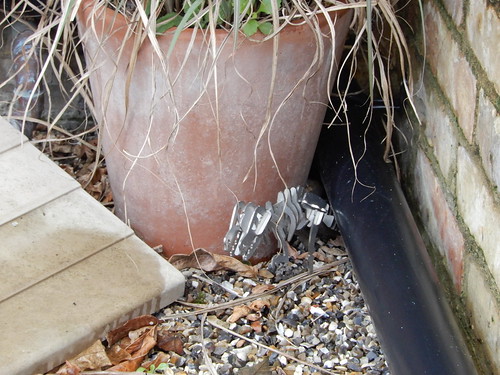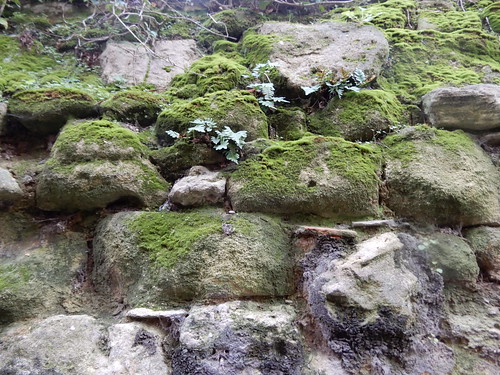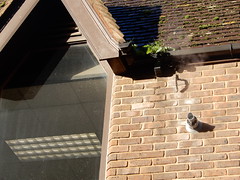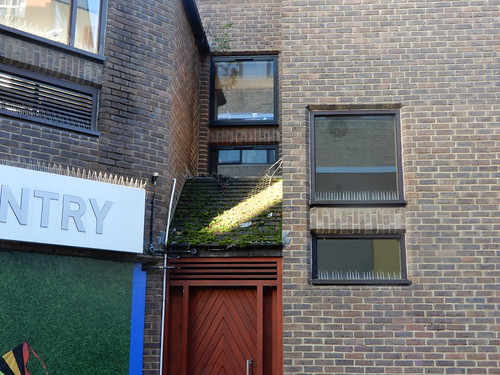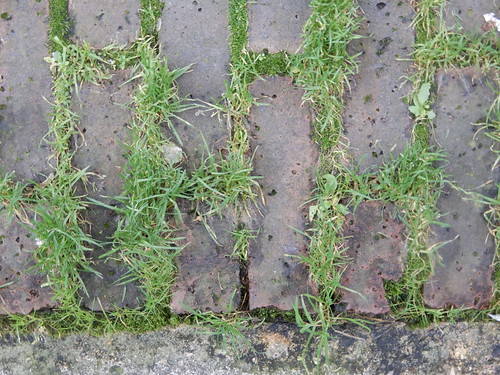The first seed was sewn the day I took a bag of couch grass from my allotment to the tip. "Let me help you with that," said the Helpful Waste Operative, and plucked it from my hands. It was so heavy it nearly put his back out as he swung it into the skip, but they rode it out, a touch of bravado and a carefully repositioned leg. Humans, good at lifting. But this human was hefting a thing that had been mine and was now going to the municipal composter and suddenly I felt bereft.
Damn-it that was MY biomass. What am I doing, giving it away? It belonged on the patch it came from, turning steadily into more soil, which could create further biomass and so on and so forth, forever, and ever. Only one reason to take biomass off a space; that's to put it on another space that needs it more. The municipal composter was kind of that and yet not. No, this biomass was mine, and needed to stay on my patch. Now, I've not managed to make compost out of couch grass (yet) but I have managed to rot it down, reduce it, shrink its territory in the allotment, and compact it. Since that bag, I've not taken anything green or brown off the plot. Only genuine rubbish.
Can I do the same out back in my garden? We have some crazy growers out there. The privet hedge, the Douglas and Cherry Laurel back hedge, the grape vine. We have nasty perennial weeds; bindweed, alkanet, woundwort, enchanter's nightshade. Or as I prefer to call them, Evil String, Needle Leaves, Armpit and Maggot Weed. But could all this be rotted, reduced, contained or squirrelled out back? I want to make a proper fern wall under my culinary shelf; that will need wood and leaves. The insect towerblock behind my compost bin can compact down once we've moved out of hibernation time. Weed leaves can be chopped and left for the slugs and worms.
But what of the Evil String? Word is that if you can keep it dry for three weeks, it might die. Could dried string be useful? There's also an argument for tolerating some bindweed; it's not useless to insects, and the white trumpets are quite bright.
Needle Leaves I do compost at the moment, chopping the growing plate into pieces. This probably isn't the best idea (they can regrow from partial roots) and is filling my compost with those evil little silicon needles. Bees love them. I have very mixed feelings, but I think they're probably best bullied, as I do for buddleia (cut off greenery as soon as it appears, when it's young and fresh).
Armpit could probably strengthen my fern wall with its long stringy root-stems, while not destroying the wall (as I rather suspect bindweed would). So I might be more for transporting that.
Maggot weed, though. The little white maggoty roots surround and out-compete other plants' roots. I have to pull it up wherever I see it. It can reproduce from the tiniest root fragment. It runs from flower to seed like lightning and has a germination reliability that far exceeds may plants with awards of garden merit.
Well, I shall have to take that as a challenge. Can I manage my #circulareconomygarden this year? Currently at: 0 visits to the tip.


